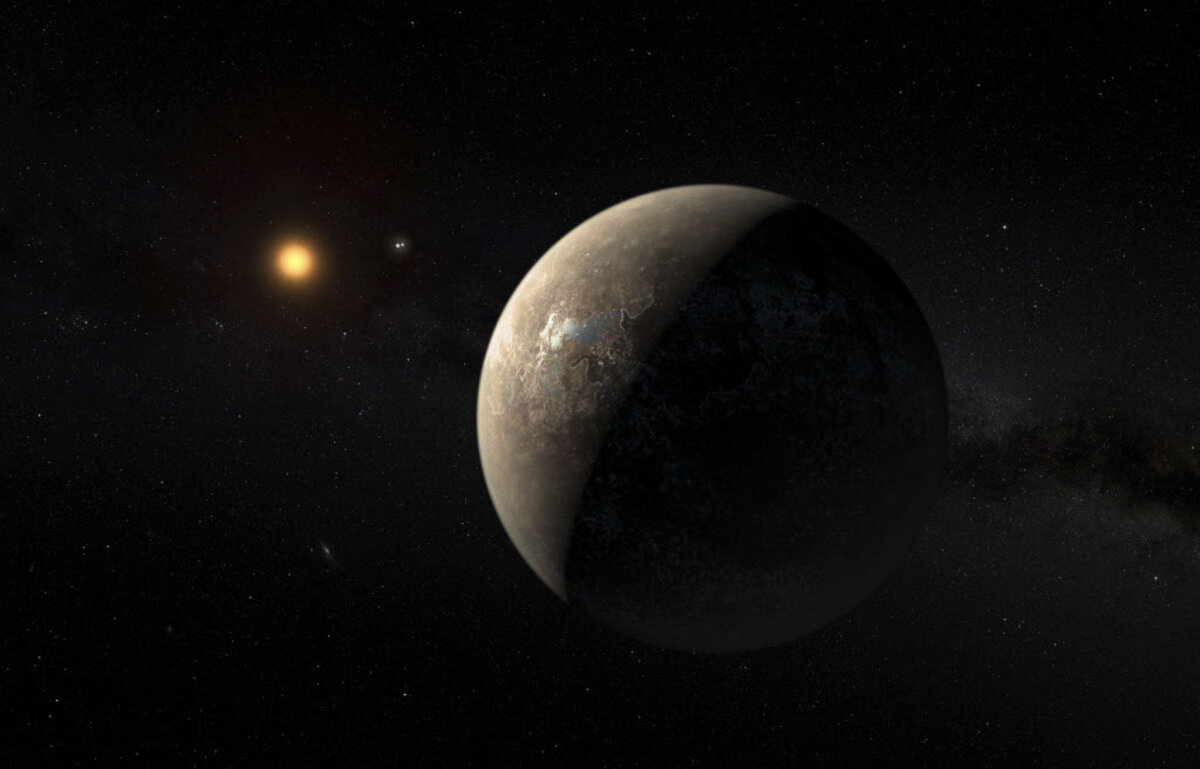Another Earth just 14 light years away? Maybe not, says new study
Loading...
Two years after astronomers found a “” in our cosmic neighborhood, another scientist sees reason for caution.
In December 2015, a research team at Australia’s University of New South Wales announced the discovery . One of these planets, dubbed Wolf 1061c, fell within the circumstellar habitable zone, sometimes called the "Goldilocks zone": the area not too hot and not too cold for liquid water, considered an essential ingredient for life.
Located about 14 light years from Earth, Wolf 1061c is close by cosmic standards. Proxima Centauri b, discovered in August 2016, is the closest rocky exoplanet at 4 light years.
Discoveries of these “Earth-like” worlds have stirred hopes of discovering life beyond our solar system. But after taking a closer look at Wolf 1061c, Stephen Kane has his doubts about whether we’ll find it there.
“It’s close enough to Wolf 1061 where it’s looking suspiciously like a runaway greenhouse,” Professor Kane, an astrophysicist at San Francisco State University, .
A “runaway greenhouse” effect took place on Venus. Scientists believe that Earth’s inner neighbor once had oceans of its own, but the planet's massive volcanoes flooded the air with carbon dioxide. Intense sunlight could then heat the planet until the oceans boiled away, leaving a thick atmosphere that keeps the planet’s temperature at a toasty 880 degrees Fahrenheit.
Kane thinks that a similar process may be at work on Wolf 1061c. , whose results will be published in an upcoming issue of the Astrophysical Journal, examined the planet’s host star.
"The previous estimate used models of what the [star’s] radius could be," he explains in a phone interview, "whereas this is a direct estimate of what the radius is."
Kane and his team measured Wolf 1061 using six networked telescopes at the in California. They used their measurements to revise previous estimates of its “Goldilocks zone.”
The Australian team that first discovered the three planets estimated “conservative habitable zone limits of 0.092 to 0.18 AU and optimistic limits of 0.073 to 0.19 AU.” (1 AU, or astronomical unit, equals the distance from Earth to the sun, .)
Kane’s group pushed the habitable zone’s boundaries outward, estimating them at 0.11 to 0.21 AU. That, , means that Wolf 1061c is dangerously close to the inner edge, and prone to a Venus-like fate.
Even if Wolf 1061c escaped a “runaway greenhouse” effect, it might pose other obstacles to life. “If we find a planet in the habitable zone, it doesn’t mean everything is as it seems,” Kane tells ���Ǵ���. He explains that the planet displays “very interesting oscillations in its orbit” that make it difficult to determine what kind of climate – if any – it could have.
But those hoping to find extraterrestrial life may not want to write off Wolf 1061c just yet. A new generation of telescopes could reveal more about the planet. A solar system this close, Professor Kane explained, “presents an opportunity for direct imaging of the planet. That’s something that will have to wait until the 2020s.”
He mentioned two upcoming NASA missions – the James Webb Space Telescope and the – that will make it possible to examine the light reflected through nearby planets’ atmospheres for the chemical signatures of life.
“The planets will appear as nothing more than a speck of light,” he predicts. “And that’s all we really need.”





